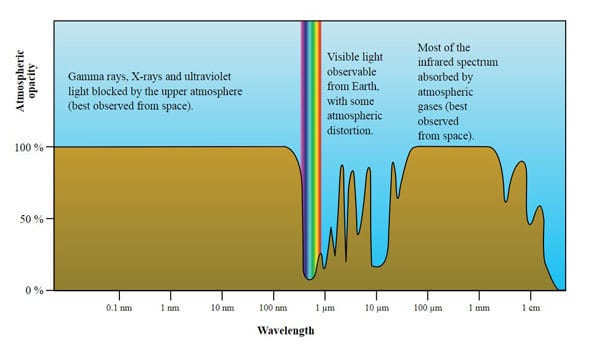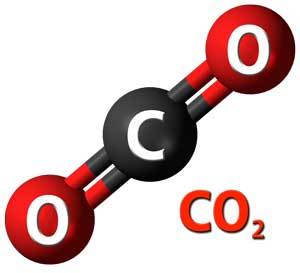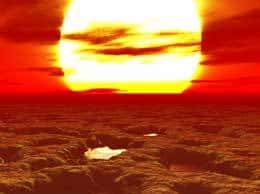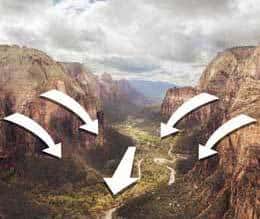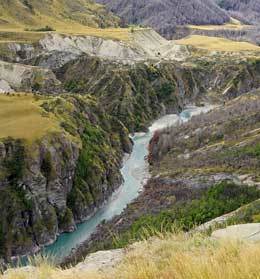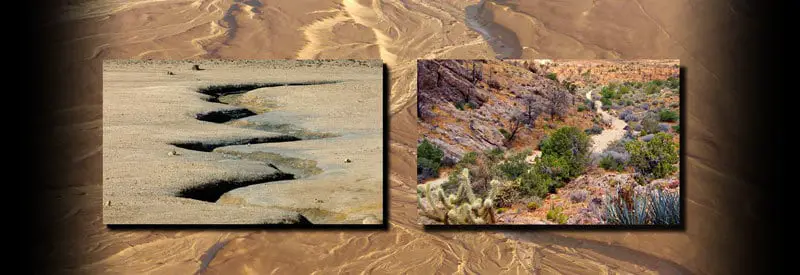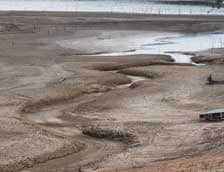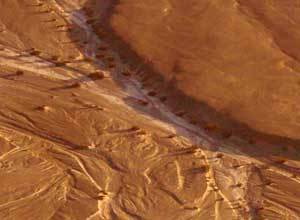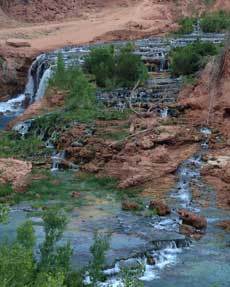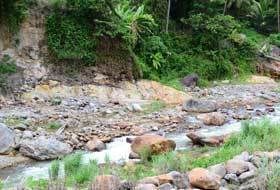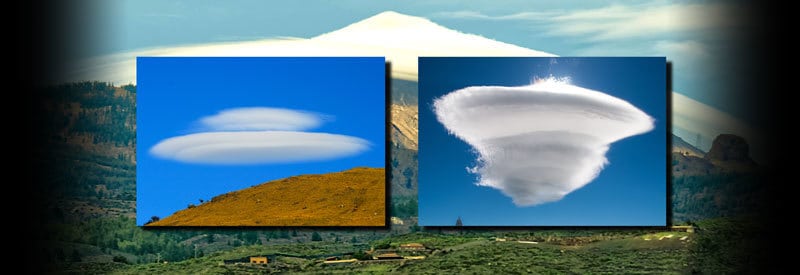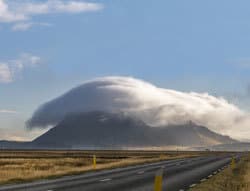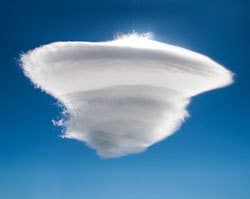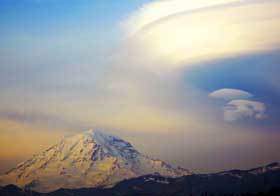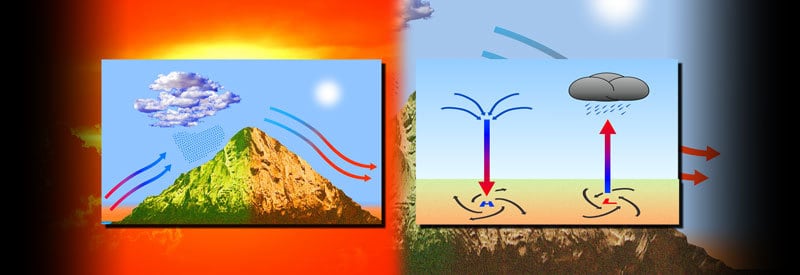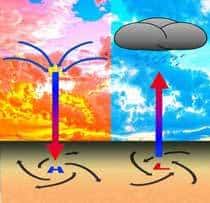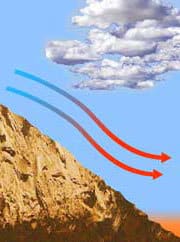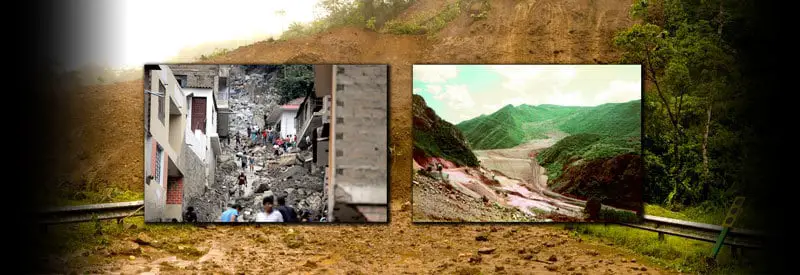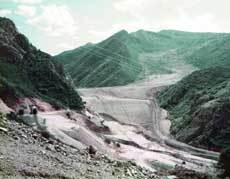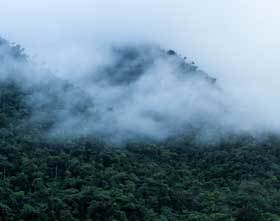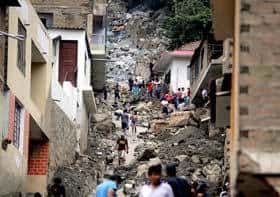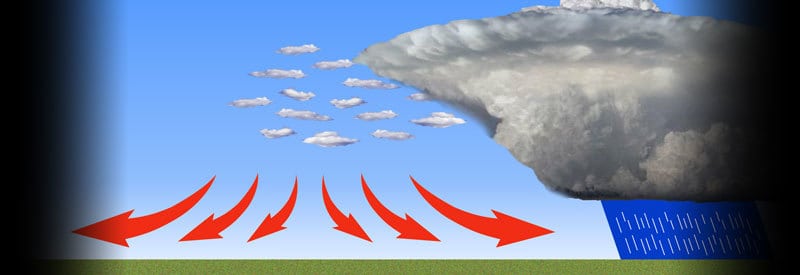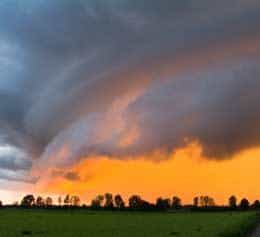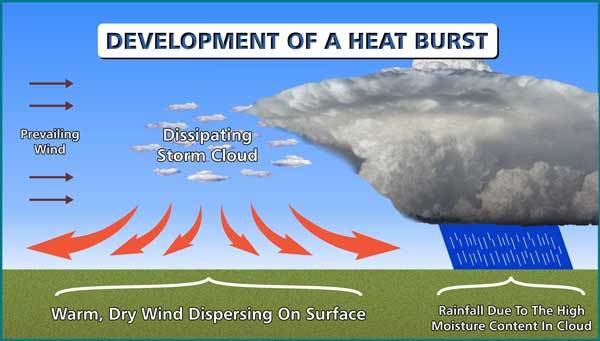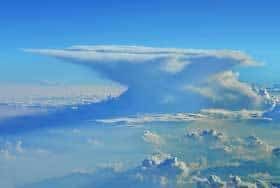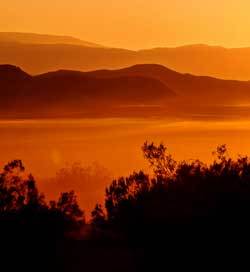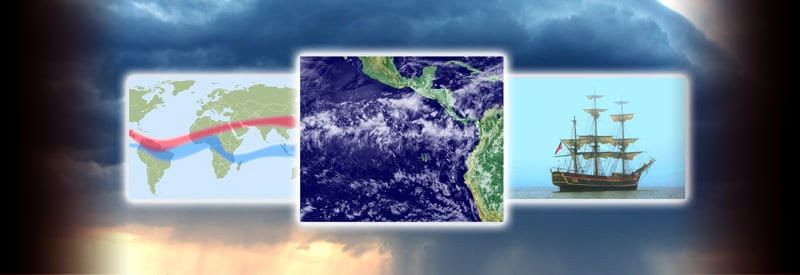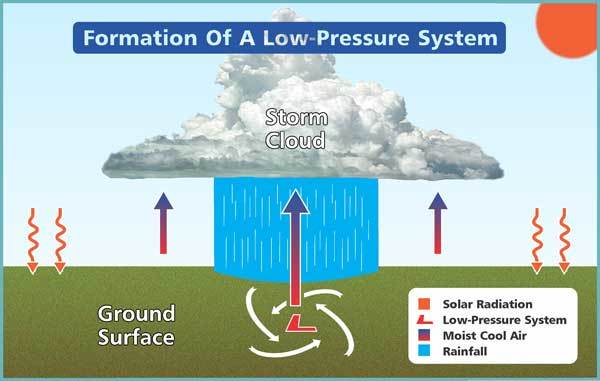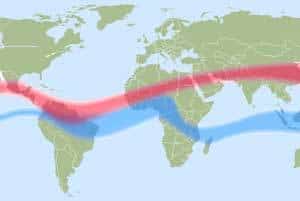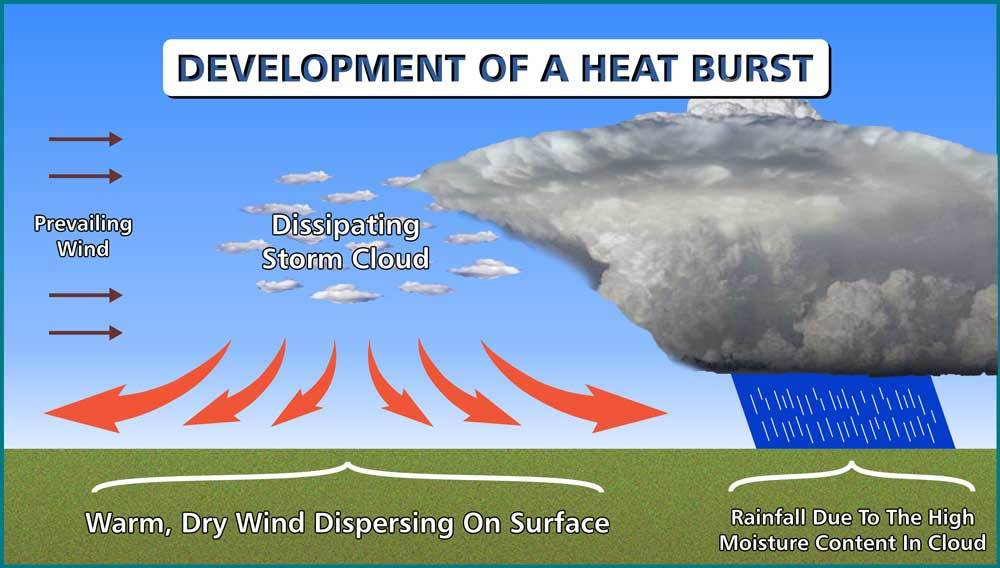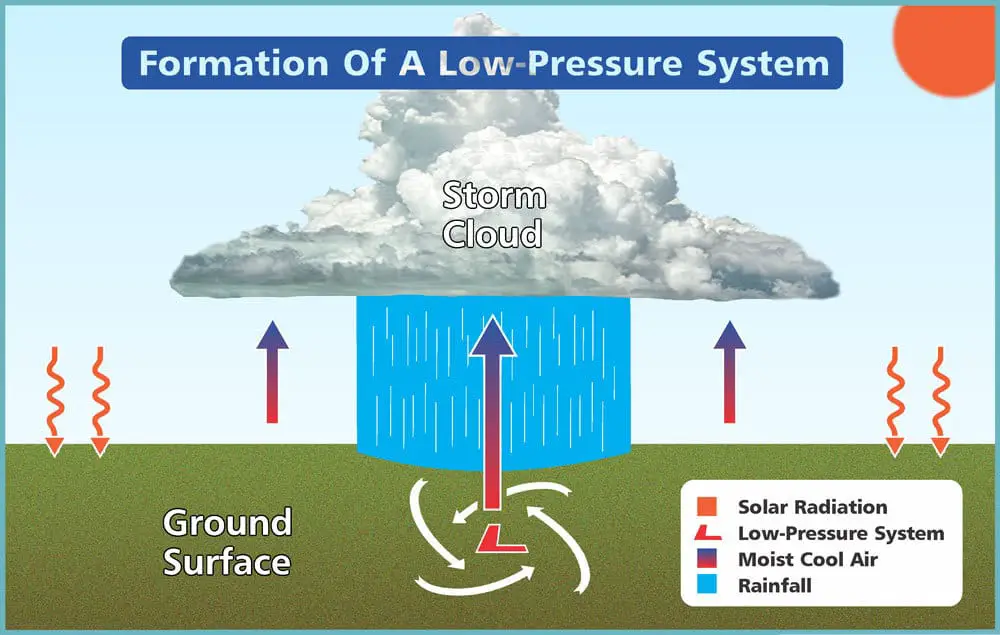
On very rare occasions, a phenomenon characterized by strange "flames or lights" can be observed on tall buildings or structures at night. It occurred throughout history and is known as St Elmo's Fire.
St. Elmo's Fire is a meteorological phenomenon where pointed tall objects on the surface, like church towers and ship masts, create an electrical discharge in the form of a blue plasma in a highly charged electrical field. The illuminated plasma is the result of a process called corona discharge.
There are various sources of light forming in the atmosphere that are well-known meteorological phenomena. Examples include occurrences like lightning, the aurora borealis, the green flash during sunsets, and noctilucent clouds in the evenings.
One such event creates a blue flame-like glow at the edge of a relatively sharp object and is called St Elmo's Fire. It often gets mistaken for other natural phenomena like fire or ball lightning, although it is a completely unique occurrence.
This article examines what this phenomenon is, provides a brief history, and explains how it develops in the atmosphere.
What Is St Elmo's Fire?
The word fire, in St Elmo's Fire, can be very deceiving. Although the blue glow that forms as a result of this phenomenon may resemble a blue flame, the process itself has nothing to do with any type of fire.
Before examining how this occurrence is formed, one needs to have a clear definition of what precisely it is first.
St Elmo's Fire Definition

St Elmo's Fire is a meteorological phenomenon where pointed tall objects on the surface, like church towers and ship masts, create an electrical discharge in the form of a blue plasma in a highly charged electrical field. The illuminated plasma is the result of a process called corona discharge.
The blue glow, whose shape sometimes resembles a form of fire or lightning, is often accompanied by a hissing or buzzing sound. (Very much like the buzzing of neon light, which is basically the same process.)
It was already made clear that there is no relation between the blue glow synonymous with this event & incidents of an actual fire. Although they have similar characteristics, St Elmo's Fire is also not a form of lightning, though it has been mistaken for ball lightning in the past.
The name and history imply that this phenomenon mostly applies to maritime-related activities (more on that in the next section.) It has been shown that, however, that St Elmo's Fire can occur anywhere over land as well, If all the necessary components are in place.
As it is clearly a unique occurrence, a thorough explanation will be needed to understand how this phenomenon occurs. We will address this issue shortly, but first, a short history that will clarify the name and origin of the name, St Elmo's Fire.
A Short History Of St Elmo's Fire
Some of the first and oldest accounts of this phenomenon recorded were by sailor over the last few centuries that observed the strange glow at the top of their sailing ship's masts.

The word "St Emo" refers to St Erasmus, a Christian bishop who lived during the Third Century. After his death, he became regarded as the patron saint of sailors.
The appearance of the blue flame-like glow on ships' masts was seen by sailors as a good omen, as they believed it indicated the presence of St Erasmus to guide them through dangerous times at sea. As a result, the blue discharge became known as St Elmo's Fire.
The fact that the phenomenon usually appears near the end of thunderstorms cemented the belief sailors had about it being a good omen since they started to associate with the end of bad and stormy weather.
How Does St Elmo's Fire Occur?
Although it seems to appear out of the blue, two elements need to be in place for this event to occur:
- A Highly-Charged Electrical Field
- Narrow And/Or Pointed Pointed Object
In an atmosphere, like the one created during a thunderstorm, friction between particles causes a build-up of particles, leading to an increase in electrons in the air. It creates a highly charged electrical field that stretches all the way to the ground.
Sharp or pointed objects concentrate these highly-charged electrical fields, creating a discharge where air molecules get torn down to form plasma (as atoms are being stripped of their electrons). This process is better known as a corona discharge.
(A corona discharge is a process through which an electrical discharge causes air to be ionized. Ionized air is just another term for plasma.)

During this process, illuminated plasma is created that hovers around the object where the discharge took place and can last for several minutes. Objects can include anything from cathedral towers, ship masts, the tip of an airplane wing, and even the horns of cows.
The light created has a blue or violet color since this is the color that oxygen and nitrogen emit when a discharge takes place in the atmosphere.
This exact same process takes place in neon lights, where the discharge gets controlled to allow the illumination of plasma to continue permanently. It explains why the buzzing sound that accompanies St Elmo's Fire is similar to the sound emitted by neon lights.
Is St Elmo's Fire Dangerous?
There have been few if any reports of people coming in actual contact of being engulfed by St Elmo's Fire. It usually occurs on taller sharp objects like ship's masts and church towers.
Even if a human came in direct contact with this phenomenon, though, they would usually experience no more than a pricking sensation. What is much more dangerous, though, is the type of event that accompanies these conditions.
St Elmo's fire occurs in the same type of electrically charged atmosphere that causes lightning to occur. If you observe the former, it may be an indication that a lightning storm is imminent or nearby. It should serve as a warning to take cover.
Conclusion
If you search the term on Google, St Elmo's Fire usually yields results referring to the 1980's movie with the same name. Unlike the film, it is a very real meteorological event and dates thousands of years back.
As this article explained, the mysterious blue flame-like glow that appears around sharp objects is not as inexplicable as many first-time observers may think. In the most simplistic terms, it is no more than an electrical discharge that creates a body of illuminated plasma.
This post explained what St Elmo's Fire is, how it occurs, and briefly touched on any potential dangers it may pose.
Never miss out again when another interesting and helpful article is released and stay updated, while also receiving helpful tips & information by simply clicking on this link .
Until next time, keep your eye on the weather!



